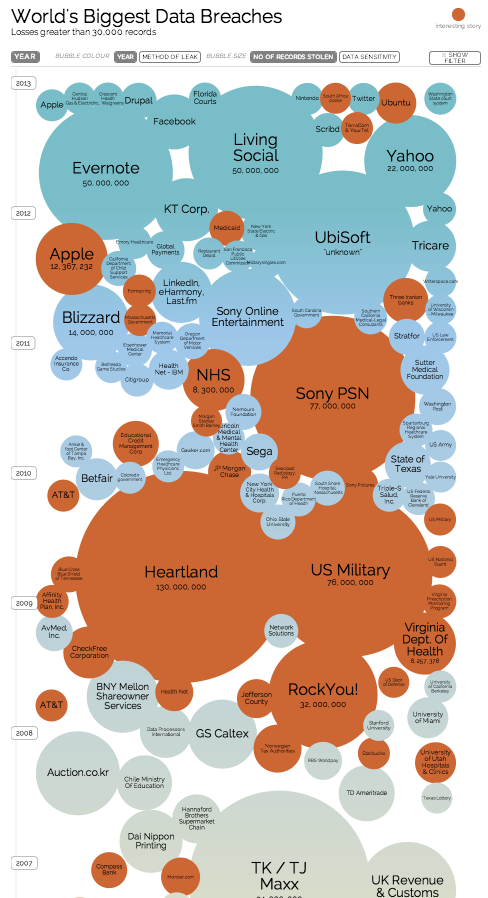When you hear the word “clickbait,” the experiences that come to mind probably aren’t good ones. Whether it’s getting rick-rolled for the thousandth time or having been let down by a misleading title on Youtube, people often feel frustration and anger toward digital media outlets that design headlines and thumbnails for the purpose of maximizing clicks. But how malicious is clickbait, really, and could there be a reason why journalists and content creators continue to use it?
The answer has to do with how news organizations operate within the contemporary media environment. Nowadays, traditional news organizations and newer, metrics-based media outlets compete with each other for public readership and engagement – researchers have called this the era of “Clickbait Media” (Munger 2019). However, this is not a new phenomenon. Tabloid headlines have been a feature of news publications since the early 1900s, under the name of “yellow journalism.”
In both yellow journalism and clickbait media, content creators use language and images with emotional appeals to target a younger audience (Zannettou 2019). Compared to previous forms of tabloid reporting, clickbait is distinct in that it appeals to relatively positive responses, such as surprise (“She said yes!”) and intrigue (“… You won’t believe this happened next.”) (Chakraborty 2017). Social media also brings an interactive aspect to news publications, where creators would encourage viewers to share the work using tags, mentions, retweets and the like. People will attach value to articles based on population indicators, in what is known as the bandwagon effect (Jiang 2019). Whether people admit it or not, these strategies seem to work – clickbait articles can usually reach a wider audience than their non-clickbait counterparts (Chakraborty 2017).
Skeptics may be quick to suggest that overly widespread use of clickbait could exacerbate the effects of partisan media, driving people to look for sources that reinforce their opinions and separate themselves from those who don’t share their ideology. In the current moment, there is no empirical evidence for this. Although members of society may adopt more extreme ideologies due to other factors, researchers have found there to be no relationship between clickbait consumption and polarization (Munger 2019). Rather, the general consensus in contemporary media effects research is that an individual’s response to news is dependent upon preexisting beliefs and theoretical frameworks (Schefele and Tewksbury 2007). In other words, clickbait does not seem to be encouraging social divisions in and of itself, because we are less persuadable than we think.
But what if clickbait enables the spread of false information that is manipulative? In 2016, many became concerned by “fake news” when misinformation circulating on Facebook affected the results of the presidential election. To prevent further spread of misinformation, researchers are in the process of developing machine learning techniques for programs to automatically evaluate online content for credibility. Models that evaluate the overall argumentative structure of an article seem to be most effective, more so than models for authenticating users and analyzing content (Meel and Vishwakarma 2019).
Identifying clickbait is another story. Researchers have been able to systematically identify clickbait on Youtube by determining whether the content of a video matches its title, and by assessing chosen tags for the video (if one of them is “sexi”, there is a 95% chance it’s clickbait) (Zannettou 2018). Other researchers have detected clickbait through audience reactions: comments to clickbait videos are usually shorter, centered around singular threads, and discuss the content of the video itself less (Shang 2019).
What clickbait will look like in the future isn’t clear, as social media platforms continue to define what is acceptable on their platforms and what isn’t. Upworthy, the clickbait-driven news outlet, had more site visits than the New York Times and the Washington Post at its peak in mid-2013 (Munger 2019). The company’s subsequent decline stemmed from a change in algorithms that downweighted its content. At the same time, mainstream news outlets have started to adopt clickbait strategies to expand the reach of their articles. Some academics are also hopeful that clickbait strategies of popularity and audience-building can lead to more people tuning into public affairs and increase political engagement among younger voters (Chakraborty 2017).
The next time you fall for clickbait, you might want to think about why the author took such lengths to hook you in. Perhaps that message is meant to be shared.
The Studies
Chakraborty, Abhijnan et. al. 2017. “Tabloids in the Era of Social Media? Understanding the Production and Consumption of Clickbaits in Twitter.” Proc. ACM Hum.- Interact.1(CSCW): Article 30.
Jiang, Tingting et. al. 2019. “What prompts users to click on news headlines? Evidence from
unobtrusive data analysis.” Aslib Journal of Information Management 72 (1): 49-66.
Meel, Priyanka, and Dinesh Kumar Vishwakarma. 2019. “Fake News, Rumor, Information Pollution in Social Media and Web: A Contemporary Survey of State-of-the-arts, Challenges and Opportunities.” Expert Systems with Applications 153 (1): Article 112986.
Munger, Kevin. 2019. “All the News That’s Fit to Click: The Economics of Clickbait Media.” Political Communication37: 376-397.
Munger, Kevin et. al. 2020. “The (Null) Effects of Clickbait Headlines on Polarization, Trust, and Learning.” Public Opinion Quarterly 84 (1): 49-73.
Scheufele, Dietram A. and Daivd Tewksbury. 2007. “Framing, Agenda Setting, and Priming: The Evolution of Three Media Effects Models.” Journal of Communication 57: pp. 9-20.
Shang, Lanyu et. al. 2019. “Towards reliable online clickbait video detection: A content-agnostic approach.” Knowledge-Based Systems 182.
The Editors. 2015. “A Growth Spurt.” A Thing About Words. Retrieved from http://unabridged.merriam-webster.com/blog/ 2015/05/a-growth-spurt/.
Zannettou, Savvas et. al. 2018. “The Good, the Bad and the Bait: Detecting and Characterizing Clickbait on YouTube.” IEEE Security and Privacy Workshops (SPW): pp. 63-69.
Zannettou, Savvas et. al. 2019. “The Web of False Information: Rumors, Fake News, Hoaxes, Clickbait, and Various Other Shenanigans.” ACM Journal of Data and Information Quality 11(3): Article 10.
